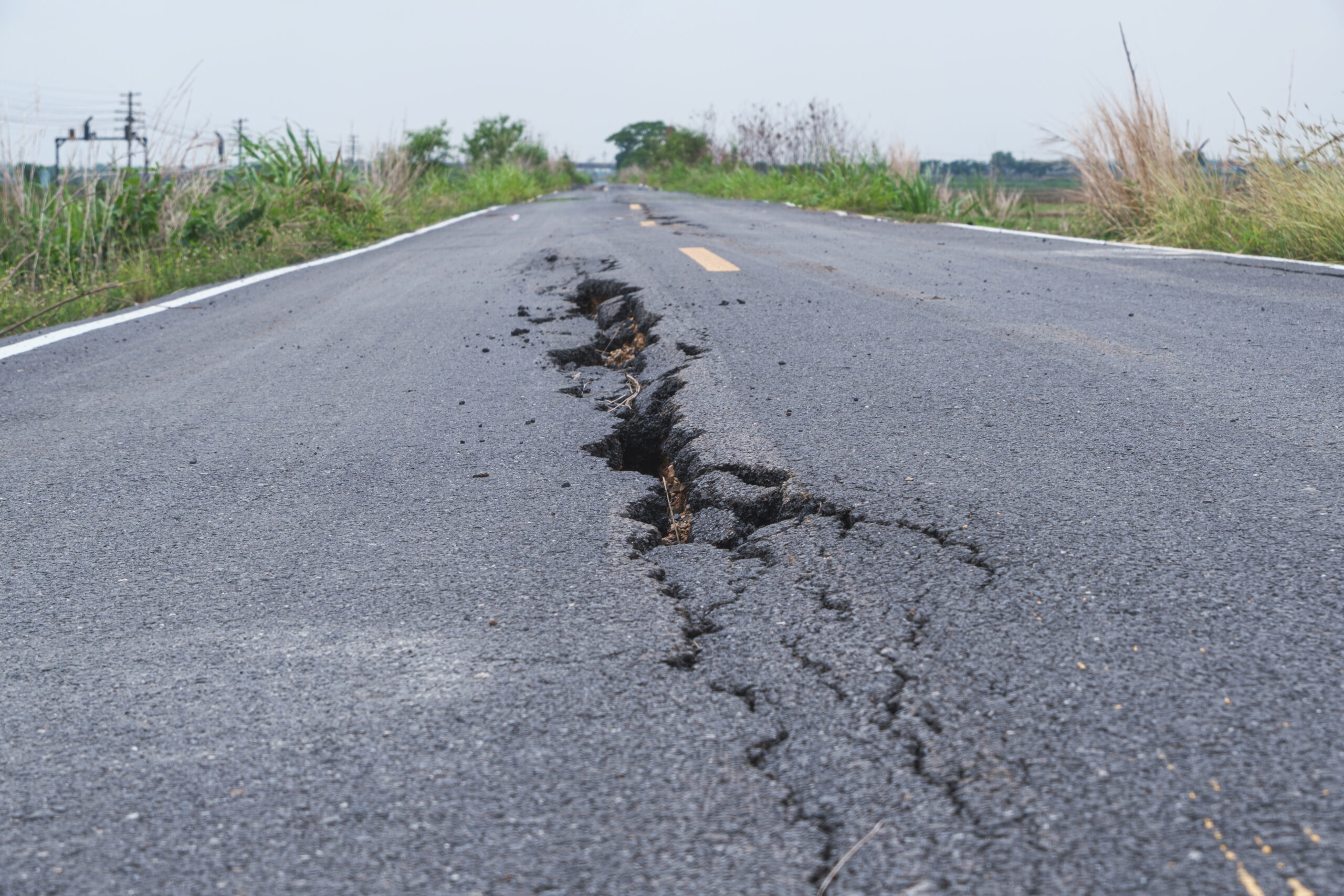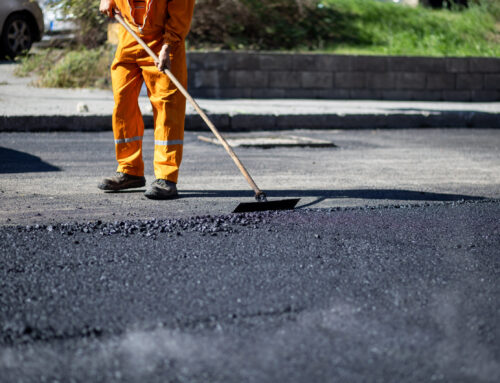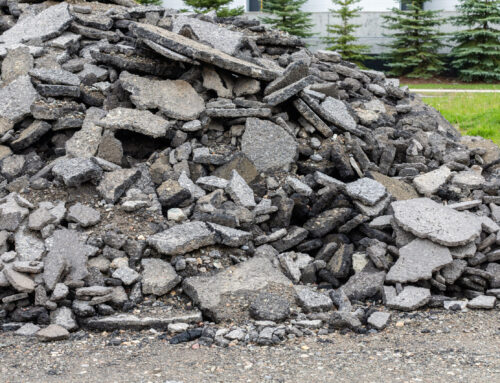Asphalt is a durable and versatile material widely used for roads, driveways, and parking lots. However, like any surface, asphalt is not immune to wear and tear. From cracks and potholes to drainage issues, common asphalt problems can arise due to weather, usage, or improper installation. The good news? Many of these issues can be prevented with proper maintenance and proactive care. Let’s talk about the most common asphalt problems, their causes, and practical steps to prevent them.
Problem 1: Cracking
What It Is: Cracks are one of the most common issues in asphalt. They can range from hairline surface cracks to larger structural fissures.
Causes:
- Temperature Fluctuations: Freeze-thaw cycles can cause asphalt to expand and contract, leading to cracks.
- Heavy Traffic: Excessive loads can stress the pavement.
- Aging Asphalt: Over time, asphalt oxidizes, making it brittle and more prone to cracking.
Prevention Tips:
- Sealcoating: Apply a sealcoat every 2-3 years to protect the asphalt from the elements.
- Prompt Repairs: Seal small cracks as soon as they appear to prevent them from spreading.
- Proper Installation: Ensure a strong base and use high-quality materials during installation.
Problem 2: Potholes
What It Is: Potholes are large depressions in the asphalt caused by the weakening of the underlying structure. We talk about them… a lot.
Causes:
- Water Damage: Water infiltrates the pavement through cracks, eroding the sub-base.
- Freeze-Thaw Cycles: Water freezes and expands, worsening the damage.
- Traffic Stress: Heavy vehicles exacerbate existing weaknesses.
Prevention Tips:
- Drainage Systems: Install proper drainage to prevent water accumulation.
- Regular Maintenance: Address cracks early to avoid water infiltration.
- Timely Repairs: Fill potholes quickly to prevent them from growing larger.
Problem 3: Rutting
What It Is: Ruts are depressions or grooves that form along wheel paths, often caused by repeated traffic.
Causes:
- Poor Compaction: An inadequately compacted base or sub-base.
- Excessive Loads: Heavy vehicles or concentrated traffic can cause deformation.
- High Temperatures: Heat softens asphalt, making it more prone to rutting.
Prevention Tips:
- Use High-Quality Materials: Choose asphalt mixtures designed for heavy traffic and high temperatures.
- Proper Installation: Ensure proper compaction during installation.
- Weight Distribution: Distribute traffic loads by reconfiguring high-use areas when possible.
Problem 4: Drainage Issues
What It Is: Poor drainage leads to water pooling on the surface or seeping beneath the asphalt, causing damage over time.
Causes:
- Improper Slope: A lack of grading prevents water from running off.
- Clogged Drains: Blocked drainage systems allow water to accumulate.
- Subpar Installation: Failing to address drainage during construction can lead to long-term problems.
Prevention Tips:
- Design for Drainage: Ensure the pavement is sloped to direct water away.
- Install Drains: Use curb and gutter systems or French drains for effective water management.
- Maintenance: Regularly clean and inspect drainage systems to prevent blockages.
Problem 5: Fading or Discoloration
What It Is: Asphalt fades from black to gray over time, a natural process that can signal aging and surface wear.
Causes:
- UV Exposure: Sunlight breaks down asphalt’s binder, causing it to lose its color and flexibility.
- Chemical Spills: Oil, gas, and other chemicals can stain and weaken the surface.
Prevention Tips:
- Sealcoating: Protect the asphalt from UV rays and chemicals with regular sealcoating.
- Clean Spills Promptly: Remove oil and gas spills immediately to prevent staining and damage.
- Shade and Shelter: Use trees or structures to shield high-traffic areas from direct sunlight.
Problem 6: Alligator Cracking
What It Is: This is a series of interconnected cracks resembling alligator skin. It’s a sign of serious structural failure.
Causes:
- Weak Base Layer: Poor installation or erosion of the sub-base.
- Excessive Load: Heavy traffic stresses the pavement beyond its capacity.
- Water Infiltration: Prolonged exposure to water weakens the foundation.
Prevention Tips:
- Strengthen the Base: Use a properly compacted sub-base during installation.
- Limit Heavy Loads: Restrict traffic from overweight vehicles.
- Address Drainage: Prevent water from undermining the pavement’s structure.
Common asphalt problems like cracks, potholes, rutting, and fading are inevitable over time, but they don’t have to lead to costly repairs or replacements. With proper maintenance, proactive care, and timely interventions, you can extend the life of your asphalt and keep it looking and functioning its best.
Whether it’s installing a drainage system, applying sealcoating, or scheduling routine inspections, these small investments can protect your asphalt from damage and save you money in the long run. If you’re facing any asphalt issues or want expert advice on preventing them, contact us today. The Sunrise Asphalt crew is here to help you keep your pavement in top condition for years to come!





